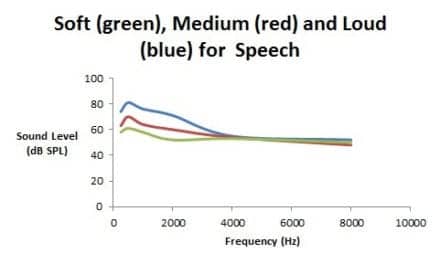Staff Standpoint | December 2015 Hearing Review

Through the first three quarters of 2015, overall market unit sales were up by 7.2% (Figure 1). Unit sales in the private/commercial sector have maintained a steady clip throughout 2015, averaging a 7.7% growth rate. So far this year, private-sector sales have experienced excellent, albeit diminishing, quarterly increases of 11.3%, 6.4%, and 5.6% compared to Q1-Q3 2014.
However, it should be noted that Big Box and mass retail sales are also included in these private-sector statistics, so the percentages do not completely reflect what is actually occurring within the traditional private practice channel. For example, Costco’s annual units have been growing at an average of 20-25% in recent years, while other Big Box and Internet outlets are playing increasing roles in hearing aid distribution. Thus, Hearing Review predicts the overall US unit growth for private practices in 2015 at about 4%. For many smaller practices, flat-or-declining average sales prices (ASPs)—a trend expected to continue as more low-cost feature-rich hearing aids become available—and lower volumes negate much of this good news in terms of their gross revenues.
BTEs made up nearly four-fifths (79.0%) of all hearing aid unit sales through the first three quarters of 2015 (80.0% private sector; 75.1% VA). Of those BTEs, 80.7% featured external receivers and 84.2% featured wireless technology. No real change in return for credit (RFC) rates have occurred this year; about 1 in 5 of all hearing aids (19.8%) were returned in Q3 2015. ITE wireless hearing aids were the most likely to be returned (an RFC of 24.9%), followed by ITE non-wireless (21.1%), BTE wireless (19.2%), and BTE non-wireless (16.3%).




